Home>Furniture & Design>Bathroom Accessories>What Diseases Can You Catch From A Toilet Seat
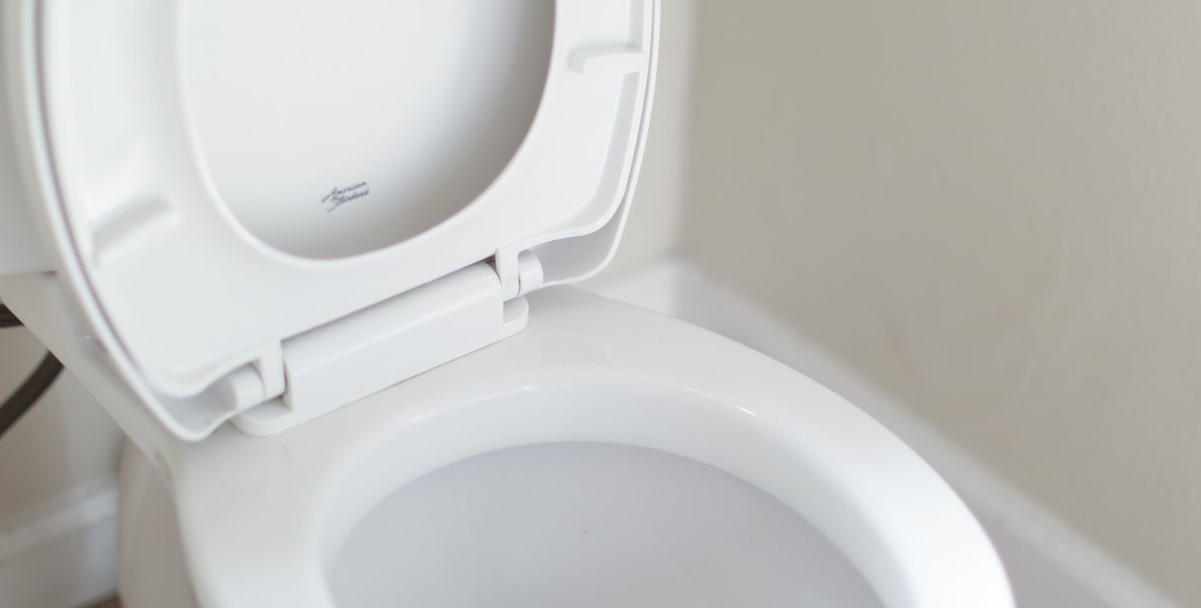

Bathroom Accessories
What Diseases Can You Catch From A Toilet Seat
Modified: February 16, 2024
Discover the potential diseases you can catch from a toilet seat and learn how to protect yourself with proper bathroom accessories. Explore the risks and precautions now!
(Many of the links in this article redirect to a specific reviewed product. Your purchase of these products through affiliate links helps to generate commission for Storables.com, at no extra cost. Learn more)
Introduction
When it comes to maintaining personal hygiene, the thought of using a public restroom can often trigger concerns about potential exposure to germs and diseases. Among the various surfaces in a restroom, the toilet seat is often perceived as a hotspot for harboring harmful bacteria and viruses. This perception has led to widespread apprehension about the risk of contracting diseases from toilet seats. While it is essential to be mindful of hygiene practices, it is equally important to understand the actual risks associated with using a toilet seat and how to mitigate them effectively.
In this comprehensive guide, we will delve into the common and uncommon diseases that individuals may be at risk of contracting from toilet seats. By shedding light on these potential health concerns, we aim to provide valuable insights into the measures that can be taken to minimize the spread of diseases in restroom environments. Additionally, we will explore practical strategies for preventing the transmission of germs and maintaining optimal hygiene when using public or shared restroom facilities.
Understanding the potential risks associated with toilet seats and adopting appropriate preventive measures can empower individuals to make informed decisions about their restroom usage. By dispelling myths and misconceptions while offering practical guidance, this guide aims to equip readers with the knowledge needed to navigate public restroom facilities with confidence and peace of mind. Let's embark on this enlightening journey to uncover the truth about diseases and toilet seats, and discover effective ways to safeguard our health in these common yet often misunderstood environments.
Key Takeaways:
- Don’t worry too much about catching diseases from toilet seats! The actual risk is minimal, and good hygiene habits like handwashing are more important for staying healthy.
- Remember to wash your hands and use protective measures if needed. By practicing good hygiene and keeping restroom facilities clean, we can all contribute to a healthier environment.
Read more: How Can You Catch Herpes From A Toilet Seat
Common Diseases from Toilet Seats
The fear of contracting diseases from toilet seats is a common concern among individuals who utilize public restrooms. While the idea of coming into contact with harmful pathogens on a toilet seat can be unsettling, it is essential to differentiate between myths and factual risks. Understanding the common diseases that can potentially be transmitted from toilet seats is crucial for making informed decisions about restroom usage and implementing effective preventive measures.
-
Urinary Tract Infections (UTIs): UTIs are among the most frequently cited concerns associated with toilet seat usage. However, it is important to note that UTIs are primarily caused by bacteria such as E. coli, which are typically found in the gastrointestinal tract. The transmission of these bacteria from a toilet seat to the urethra is highly unlikely, as the skin acts as a protective barrier. UTIs are more commonly linked to personal hygiene habits and behaviors rather than toilet seat contact.
-
Skin Infections: Certain skin infections, such as staphylococcus (staph) and streptococcus (strep) bacteria, can potentially survive on surfaces, including toilet seats. However, the risk of contracting these infections from a toilet seat is relatively low, especially if the skin is intact. Individuals with compromised skin barriers, such as open wounds or cuts, may be at a slightly higher risk of infection if exposed to contaminated surfaces.
-
Gastrointestinal Illnesses: While gastrointestinal viruses such as norovirus and rotavirus can survive on surfaces for extended periods, the likelihood of contracting these illnesses from a toilet seat is minimal. These viruses are primarily transmitted through direct contact with contaminated hands or ingestion of contaminated food or water, rather than through indirect contact with surfaces.
-
Sexually Transmitted Infections (STIs): The risk of contracting STIs from toilet seats is extremely low, as these infections are primarily transmitted through sexual contact. STIs such as chlamydia, gonorrhea, and trichomoniasis do not survive for extended periods outside the human body, making transmission via toilet seats highly improbable.
It is important to emphasize that while these diseases are theoretically plausible to contract from toilet seats, the actual risk of transmission is minimal under typical restroom usage scenarios. Personal hygiene practices, such as handwashing and maintaining skin integrity, play a more significant role in preventing the spread of diseases than avoiding toilet seat contact. By understanding the factual risks associated with toilet seats, individuals can approach restroom usage with a balanced perspective, focusing on practical preventive measures rather than undue anxiety.
Uncommon Diseases from Toilet Seats
While the common concerns regarding diseases from toilet seats have been addressed, it's essential to acknowledge the potential but uncommon diseases associated with restroom facilities. Understanding these less prevalent risks can provide a comprehensive perspective on the overall health implications of using public or shared restrooms.
-
Hepatitis A: Hepatitis A is a viral liver disease that can cause mild to severe illness. Although the virus can survive on surfaces for a certain period, the likelihood of contracting Hepatitis A from a toilet seat is extremely low. The primary mode of transmission for Hepatitis A is through the ingestion of contaminated food or water, rather than indirect contact with restroom surfaces.
-
Fungal Infections: Certain fungal infections, such as ringworm (tinea corporis) and athlete's foot (tinea pedis), thrive in warm and moist environments. While restroom facilities can provide favorable conditions for fungal growth, the risk of contracting these infections from toilet seats is minimal. Direct skin-to-skin contact or contact with contaminated surfaces in communal areas, such as locker rooms and swimming pools, poses a higher risk of fungal infection transmission compared to toilet seats.
-
Parasitic Infections: Parasitic infections, such as pinworm (Enterobius vermicularis) and giardiasis (Giardia lamblia), are typically transmitted through the ingestion of contaminated food or water, or through direct contact with infected individuals. The risk of contracting these parasitic infections from toilet seats is considered negligible, as the primary modes of transmission are not associated with indirect contact with restroom surfaces.
-
Respiratory Infections: While respiratory viruses, including the common cold and influenza, can potentially survive on surfaces, the risk of contracting these infections from toilet seats is minimal. Respiratory viruses are primarily transmitted through respiratory droplets and direct contact with contaminated hands, making restroom doorknobs and faucet handles more significant points of concern for potential transmission.
Understanding the uncommon diseases associated with toilet seats provides a holistic view of the potential health risks in restroom environments. By recognizing the minimal likelihood of contracting these uncommon diseases from toilet seats, individuals can approach restroom usage with a balanced perspective, focusing on practical preventive measures and overall hygiene practices.
In summary, while it is important to be aware of potential health risks, it is equally crucial to avoid unnecessary anxiety and misconceptions about disease transmission from toilet seats. By understanding the factual risks and implementing appropriate preventive measures, individuals can navigate restroom facilities with confidence and maintain optimal hygiene for overall well-being.
Preventing the Spread of Diseases from Toilet Seats
Maintaining proper hygiene and implementing effective preventive measures are essential for minimizing the potential spread of diseases from toilet seats. By adopting practical strategies and promoting awareness of hygienic practices, individuals can mitigate the risks associated with restroom usage and contribute to a healthier environment for all restroom users.
Effective Hygiene Practices
-
Handwashing: Thorough handwashing with soap and water after using the restroom is crucial for preventing the spread of germs. Encouraging proper handwashing techniques, including lathering with soap for at least 20 seconds and drying hands thoroughly, can significantly reduce the risk of transmitting diseases from restroom surfaces.
-
Personal Protective Measures: Individuals with compromised skin barriers, such as open wounds or cuts, should consider using a protective barrier, such as a disposable seat cover or a layer of toilet paper, when using public toilet seats. This additional layer can serve as a physical barrier against potential surface contaminants.
Read more: What Std Can You Get From A Toilet Seat
Facility Maintenance and Cleanliness
-
Regular Cleaning and Disinfection: Facility managers and custodial staff should prioritize regular cleaning and disinfection of restroom facilities, including toilet seats and surrounding areas. Using EPA-approved disinfectants and following proper cleaning protocols can help minimize the presence of harmful pathogens on restroom surfaces.
-
Provision of Hygiene Supplies: Ensuring the availability of essential hygiene supplies, such as soap, hand sanitizer, and disposable seat covers, in restroom facilities can empower individuals to practice optimal hygiene. Access to these supplies encourages proactive measures to prevent the spread of diseases.
Public Awareness and Education
-
Informational Signage: Displaying educational materials and signage that promote proper handwashing and hygiene practices in restroom facilities can reinforce positive behaviors among restroom users. Clear and concise messaging can serve as a reminder to prioritize hygiene and contribute to a healthier restroom environment.
-
Community Engagement: Engaging in community initiatives and outreach programs that focus on promoting hygiene awareness and best practices in restroom facilities can foster a culture of collective responsibility for maintaining cleanliness and minimizing disease transmission risks.
Personal Responsibility
- Self-Care and Awareness: Individuals can take proactive steps to prioritize their personal hygiene and well-being by being mindful of their restroom usage habits. This includes avoiding direct skin contact with restroom surfaces, disposing of personal hygiene products properly, and adhering to recommended hygiene guidelines.
By integrating these preventive measures into daily restroom routines and promoting a collective commitment to hygiene, the spread of diseases from toilet seats can be effectively minimized. Emphasizing the importance of proactive hygiene practices and fostering a culture of cleanliness in restroom facilities can contribute to a safer and healthier restroom experience for all individuals.
Conclusion
In conclusion, the concerns surrounding the potential transmission of diseases from toilet seats have been a subject of widespread apprehension and misconceptions. Through a comprehensive exploration of the common and uncommon diseases associated with restroom facilities, as well as the practical strategies for preventing the spread of diseases, it is evident that a balanced and informed approach to restroom hygiene is essential.
While it is crucial to acknowledge the theoretical plausibility of disease transmission from toilet seats, it is equally important to dispel unfounded fears and misconceptions. The actual risk of contracting diseases from toilet seats, especially under typical restroom usage scenarios, is minimal when compared to other more significant modes of transmission. Personal hygiene practices, such as thorough handwashing and maintaining skin integrity, play a pivotal role in preventing the spread of diseases, emphasizing the importance of individual responsibility in maintaining optimal hygiene.
By understanding the factual risks associated with toilet seats and implementing effective preventive measures, individuals can navigate public and shared restroom facilities with confidence and peace of mind. Encouraging proactive hygiene practices, promoting facility cleanliness, and fostering community engagement in promoting hygiene awareness can collectively contribute to a healthier restroom environment for all individuals.
It is essential to approach restroom usage with a balanced perspective, focusing on practical preventive measures rather than undue anxiety. By integrating effective hygiene practices into daily routines and promoting a culture of collective responsibility for cleanliness, the potential spread of diseases from toilet seats can be effectively minimized. Ultimately, maintaining optimal restroom hygiene is a shared responsibility that can positively impact the well-being of individuals and contribute to a safer and healthier restroom experience for all.
Frequently Asked Questions about What Diseases Can You Catch From A Toilet Seat
Was this page helpful?
At Storables.com, we guarantee accurate and reliable information. Our content, validated by Expert Board Contributors, is crafted following stringent Editorial Policies. We're committed to providing you with well-researched, expert-backed insights for all your informational needs.
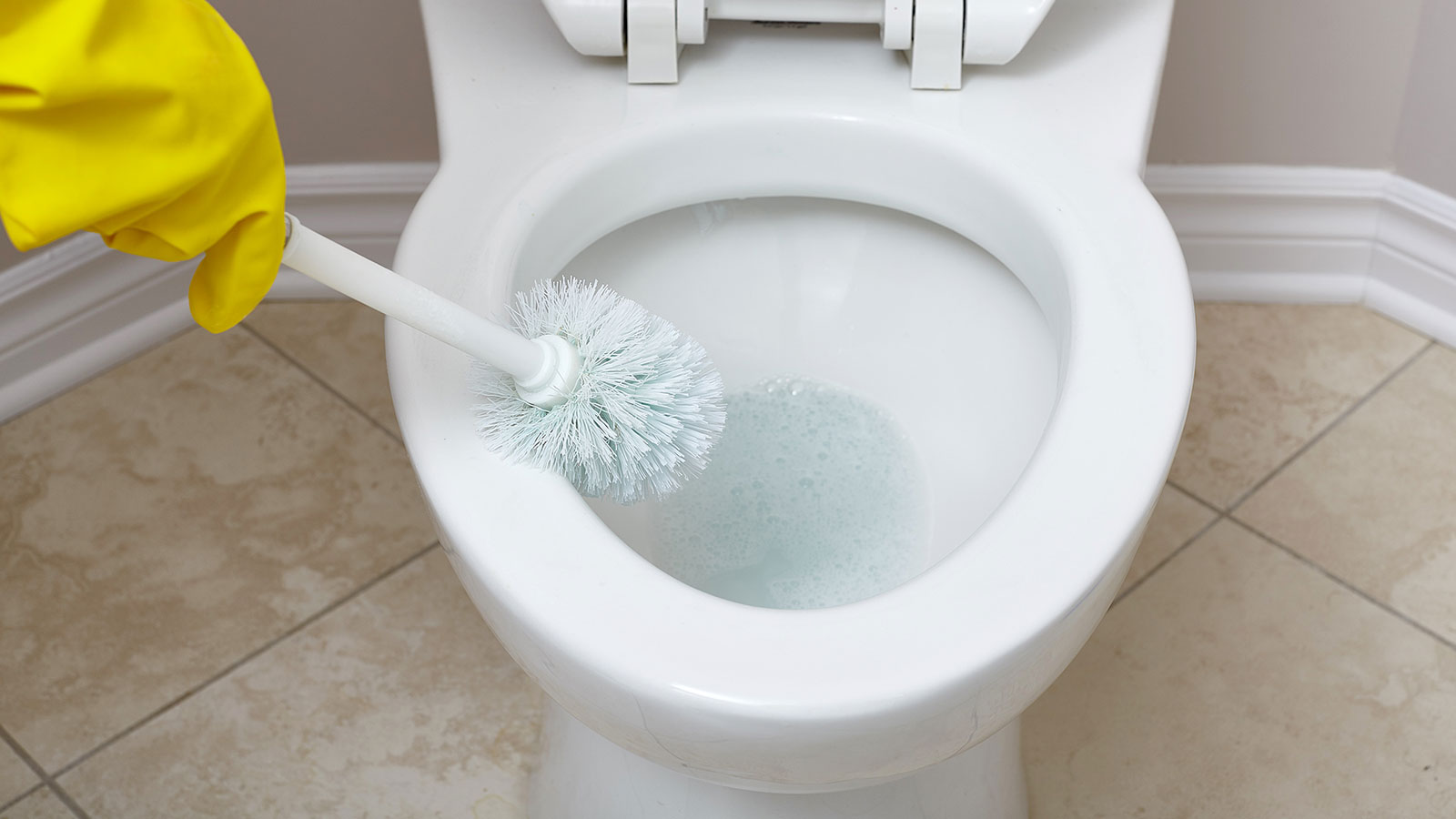
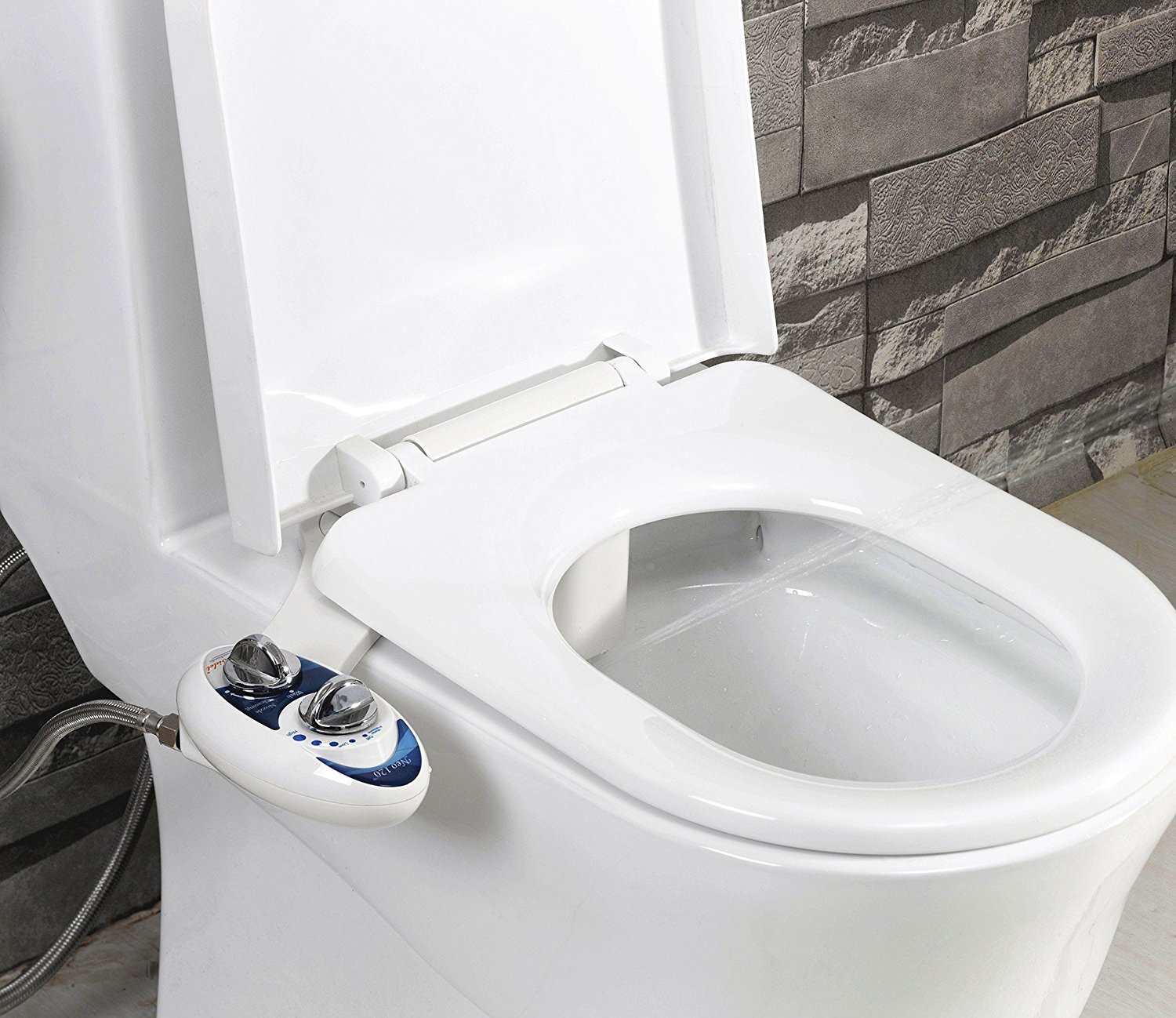
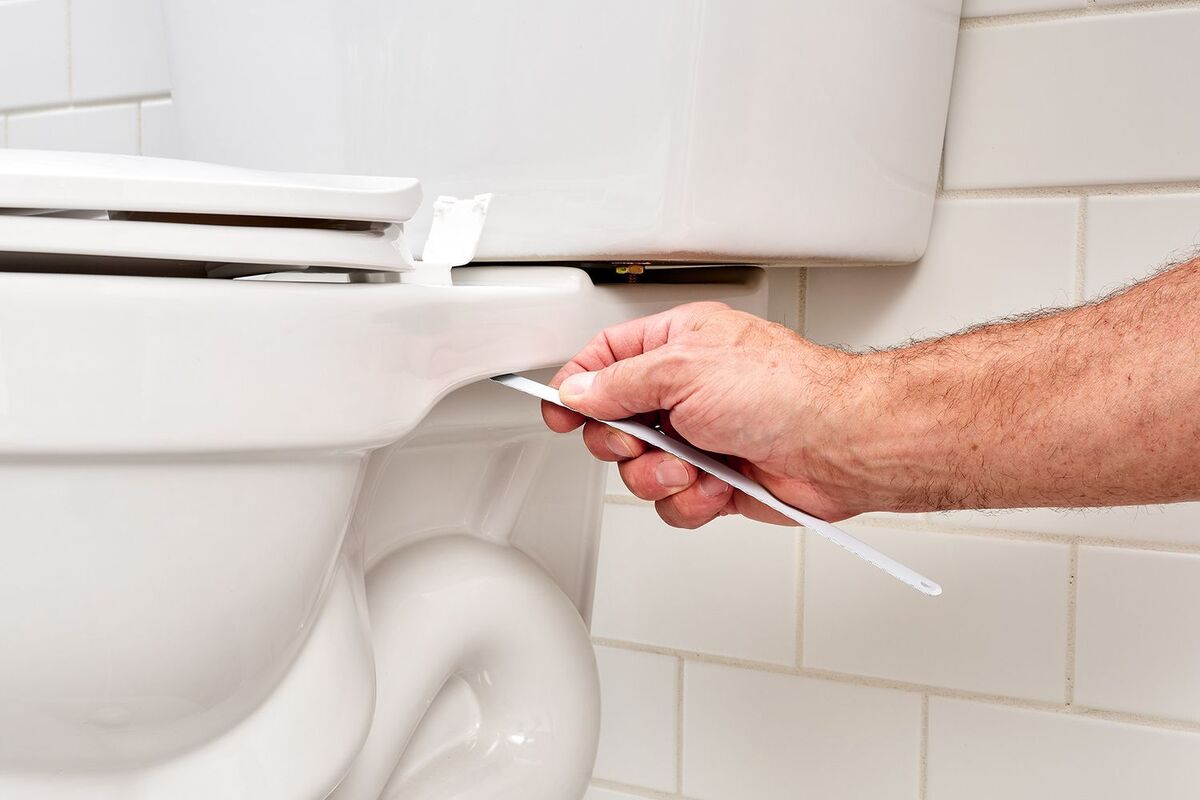
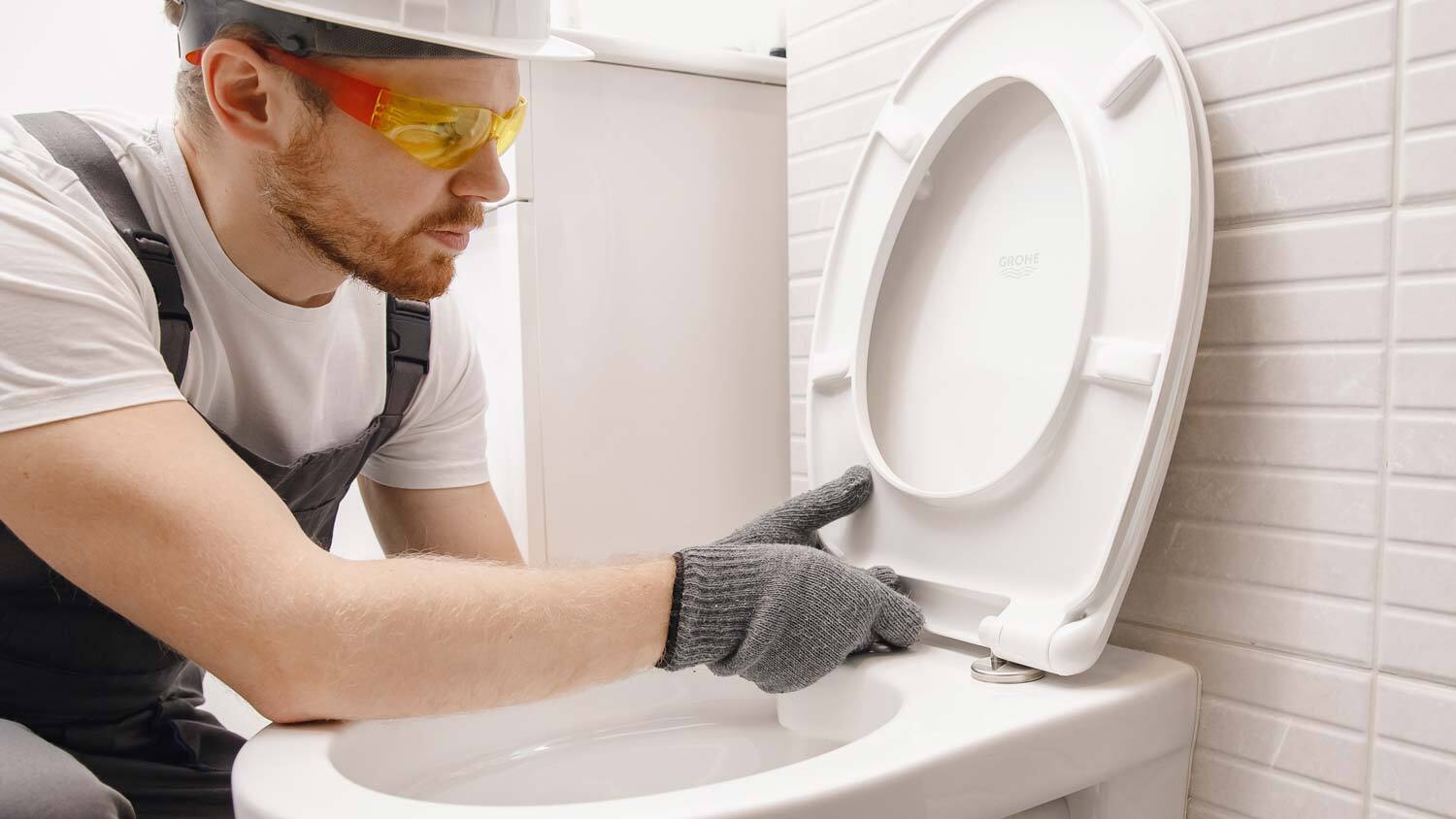
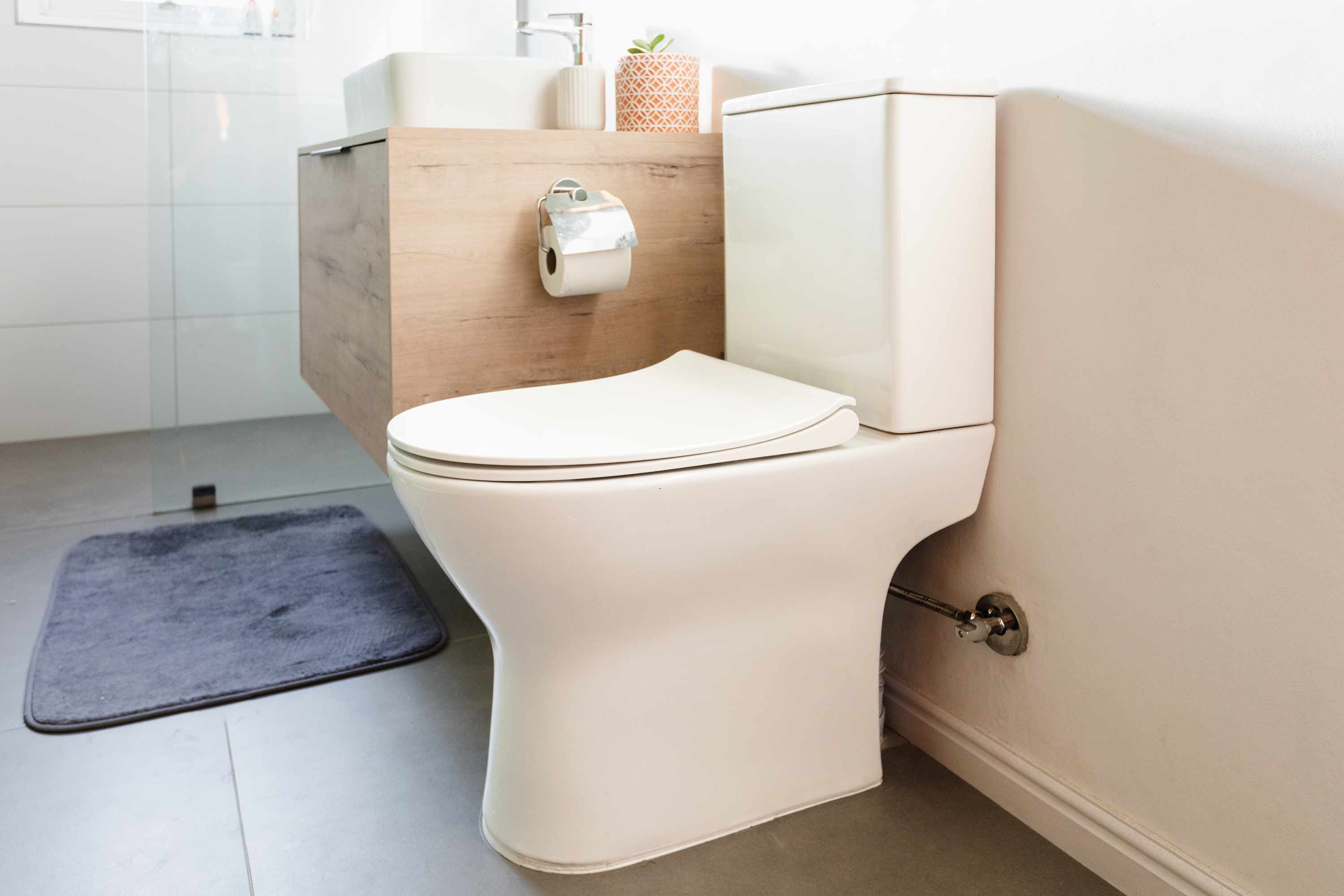
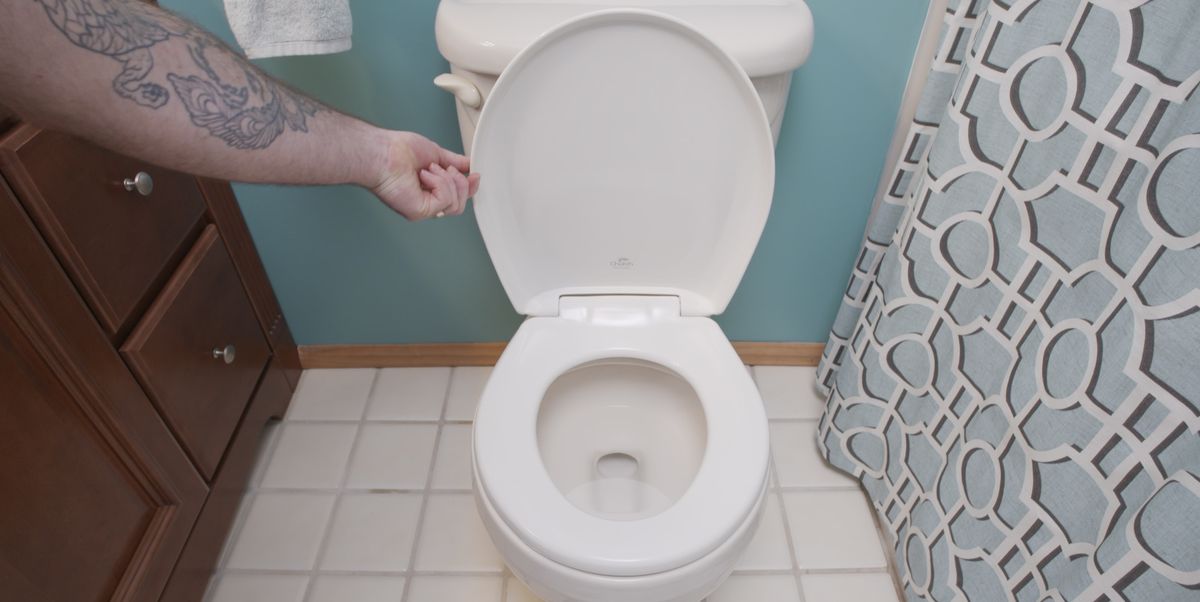
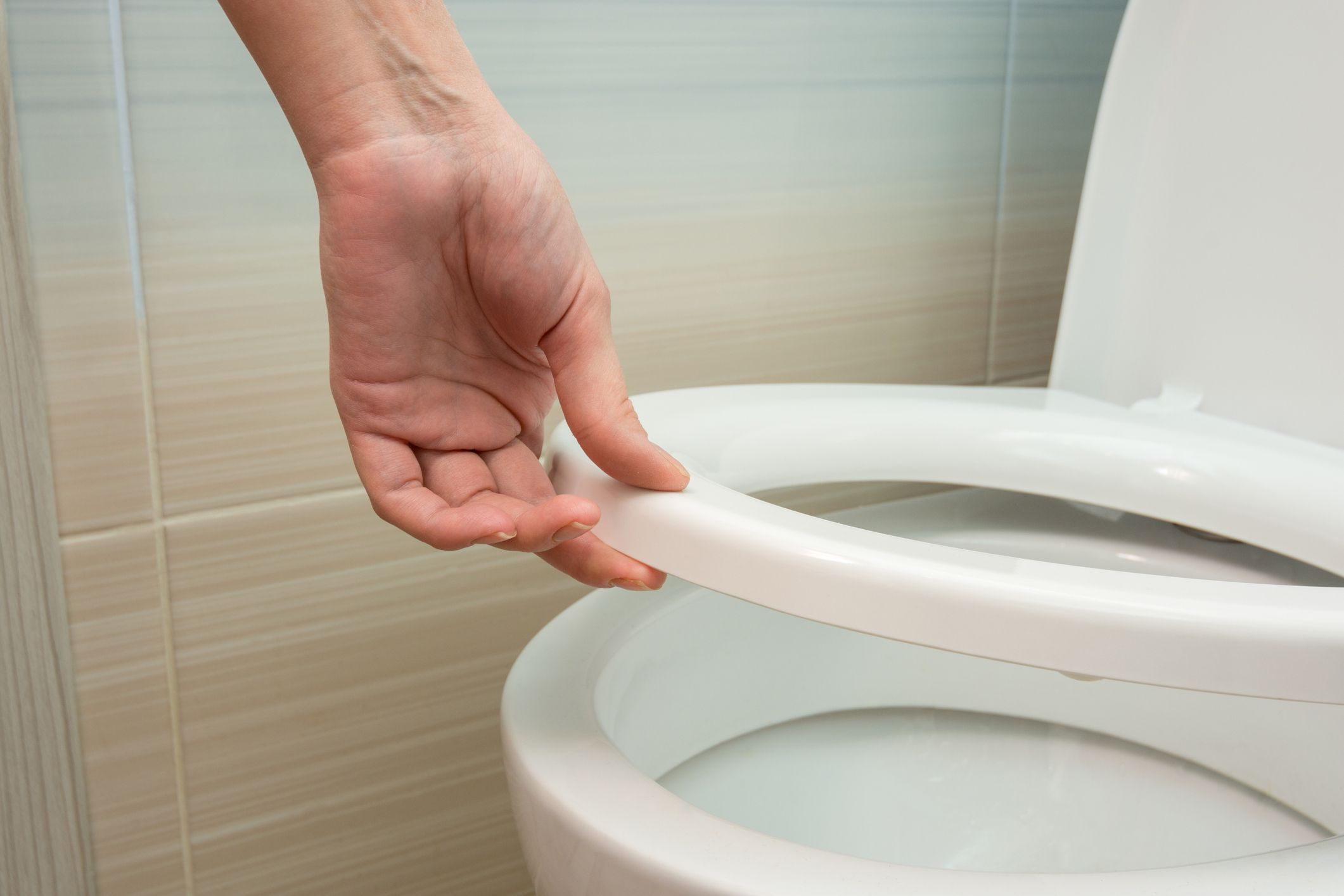

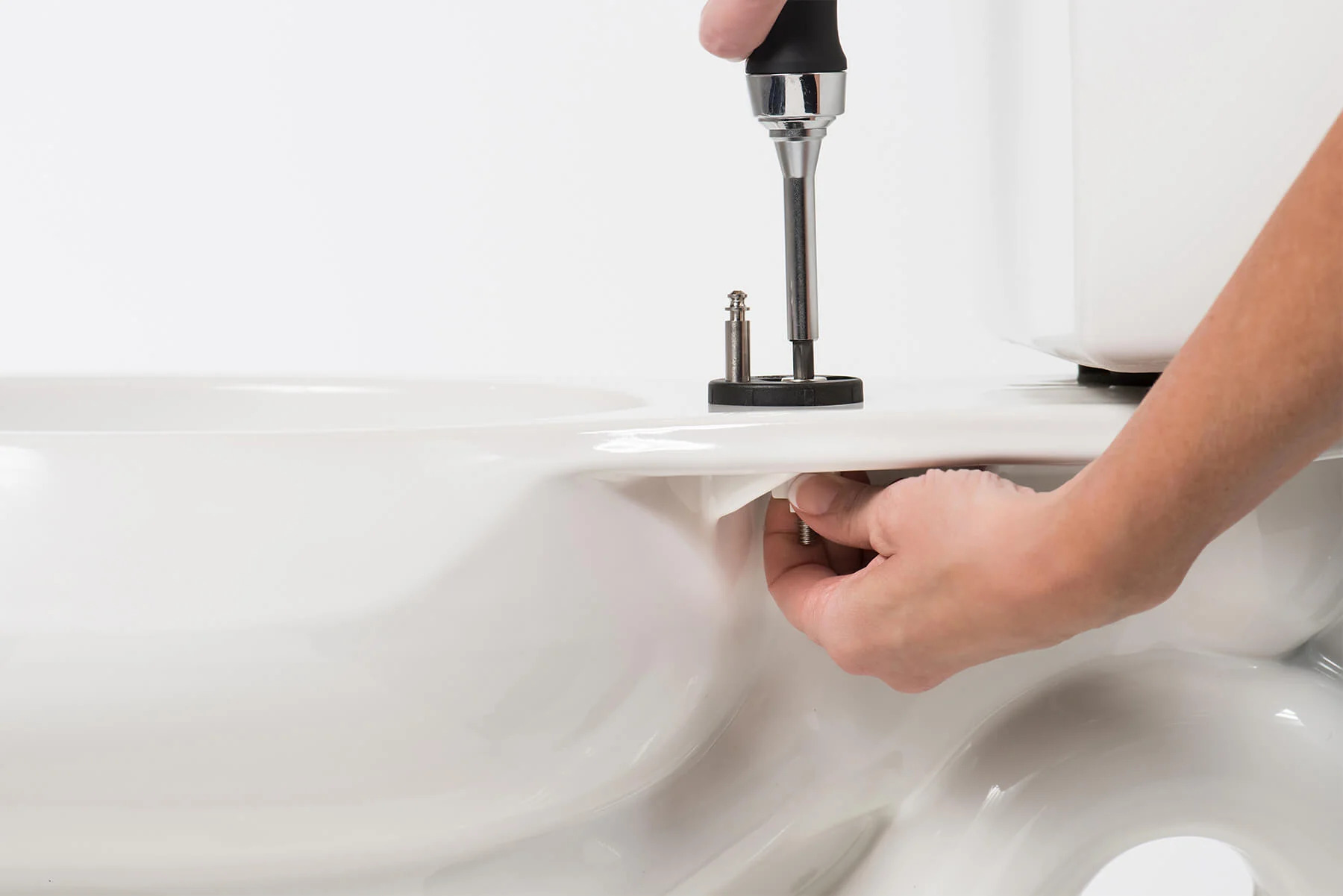

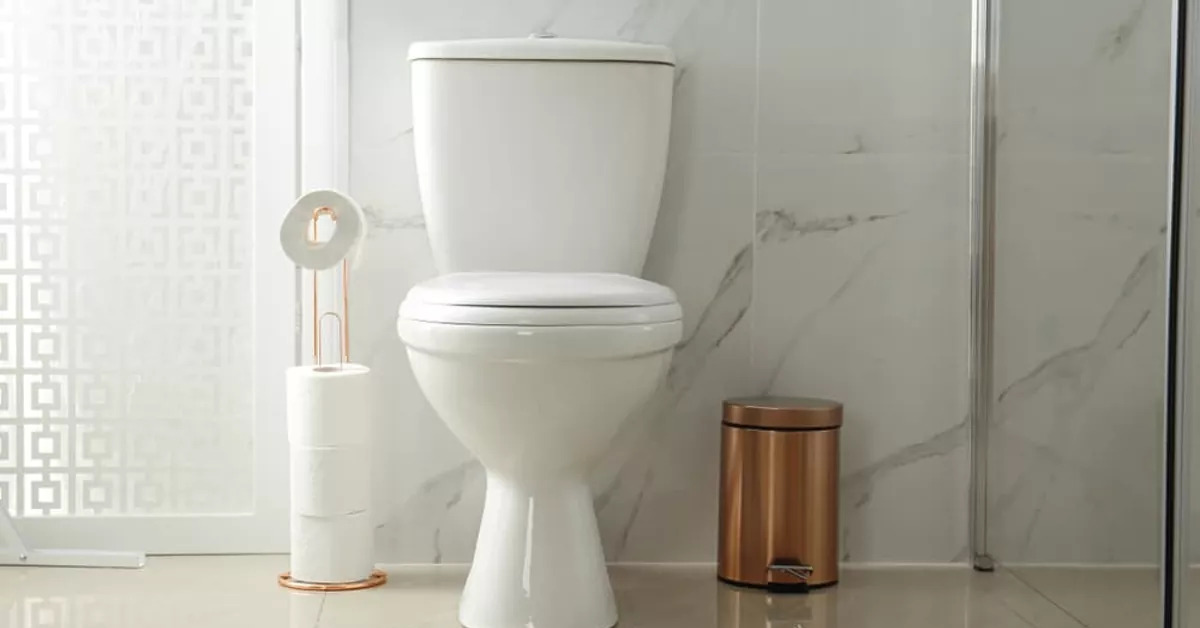
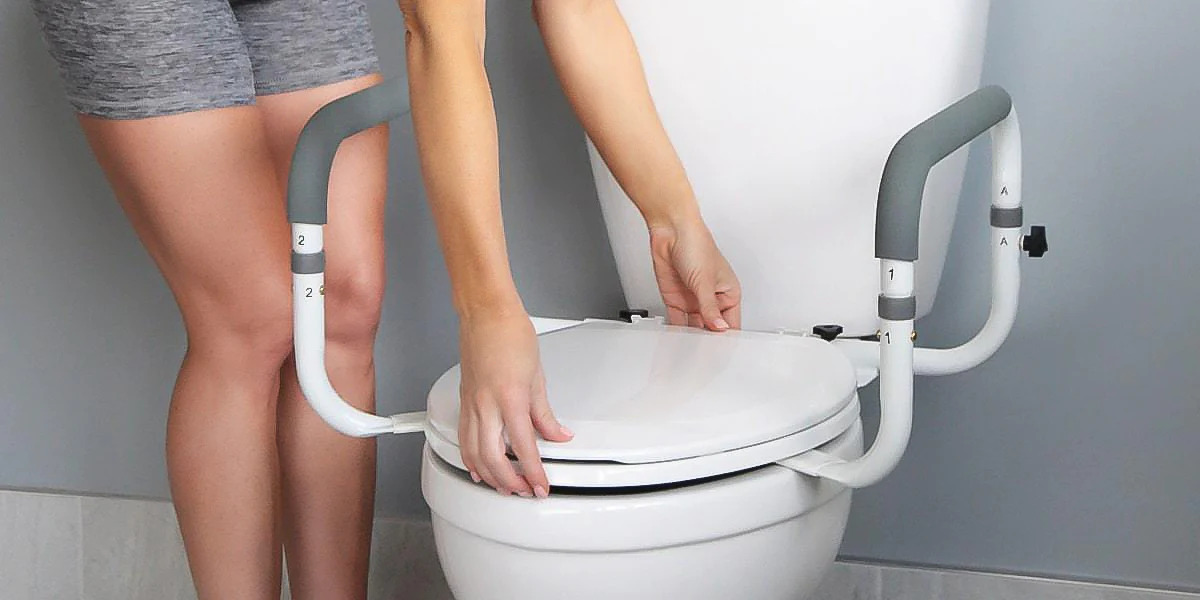
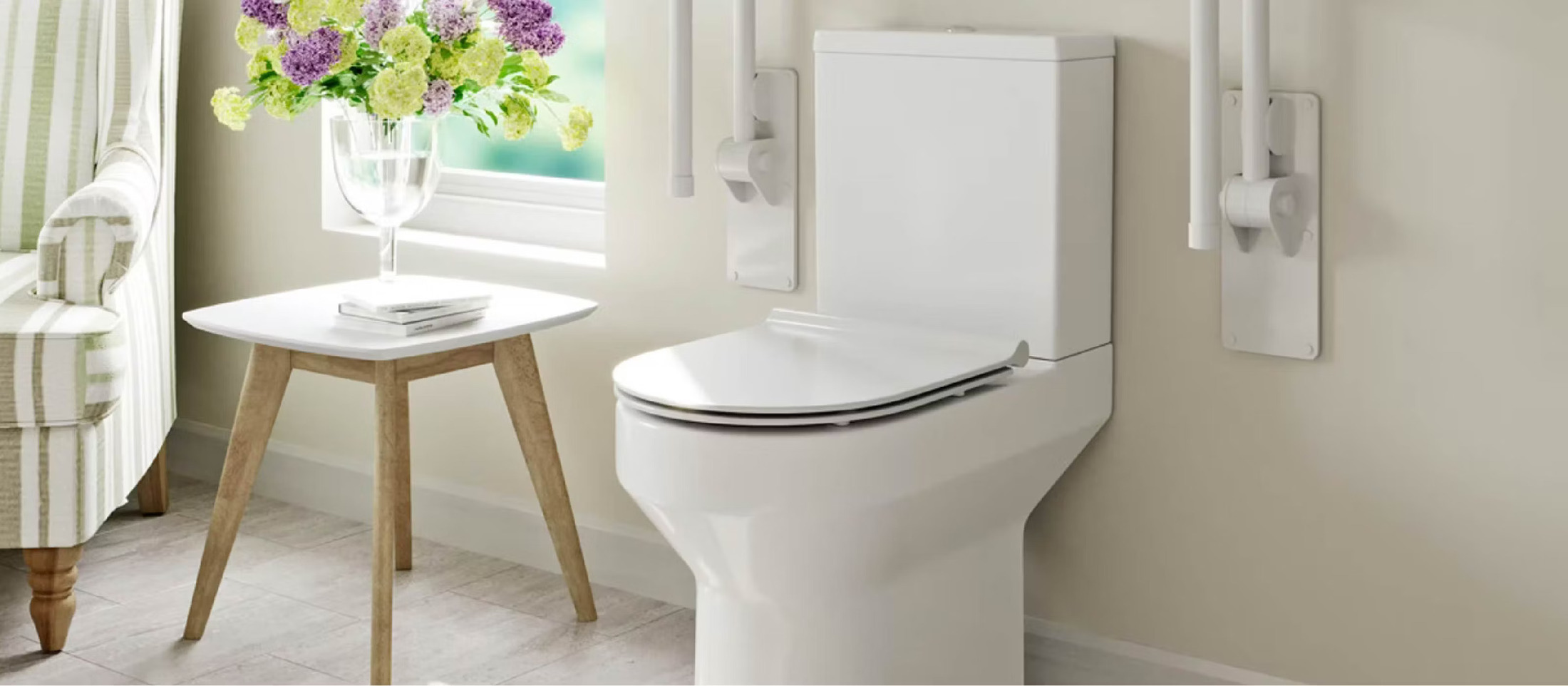
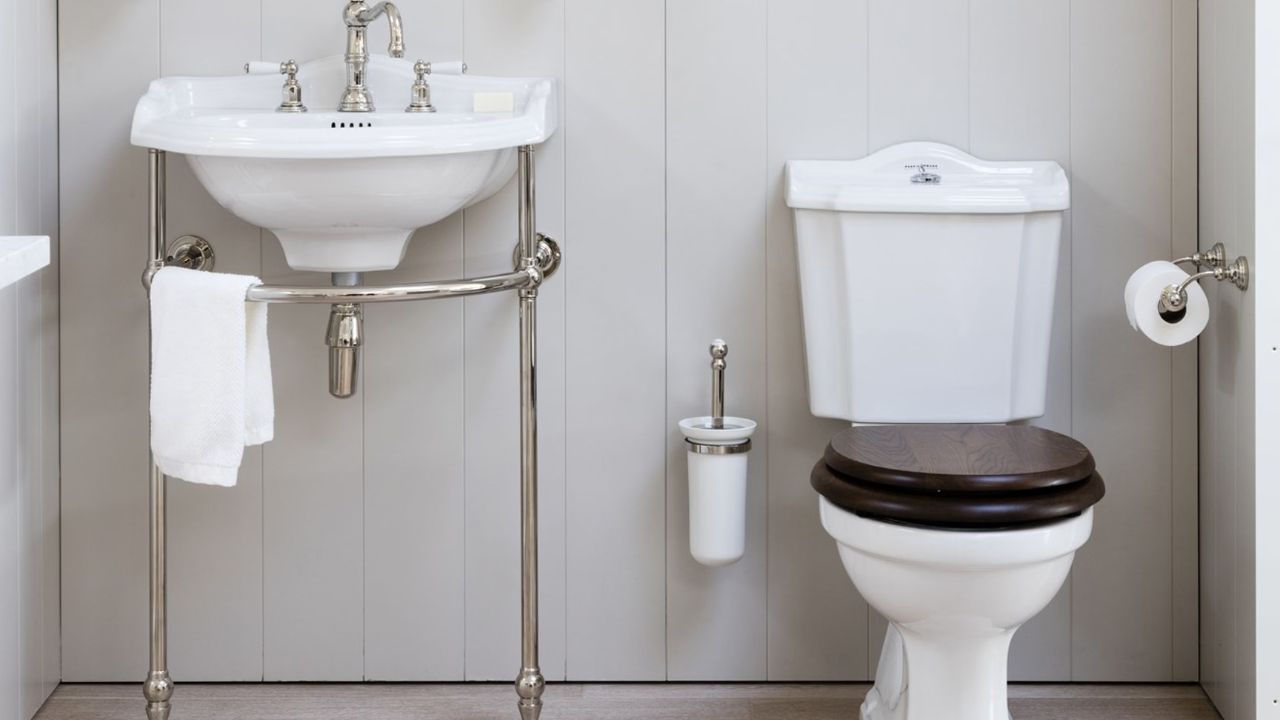

0 thoughts on “What Diseases Can You Catch From A Toilet Seat”